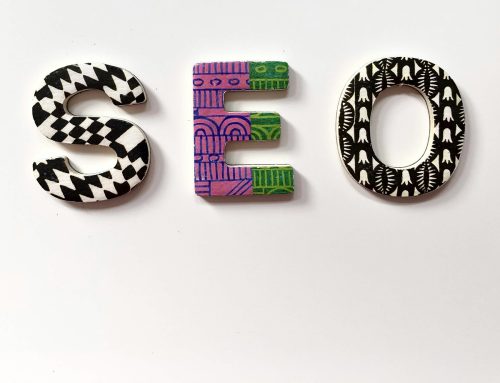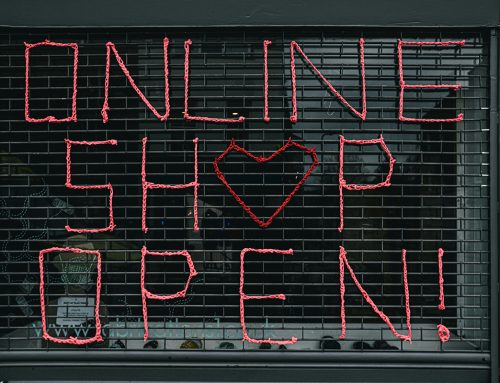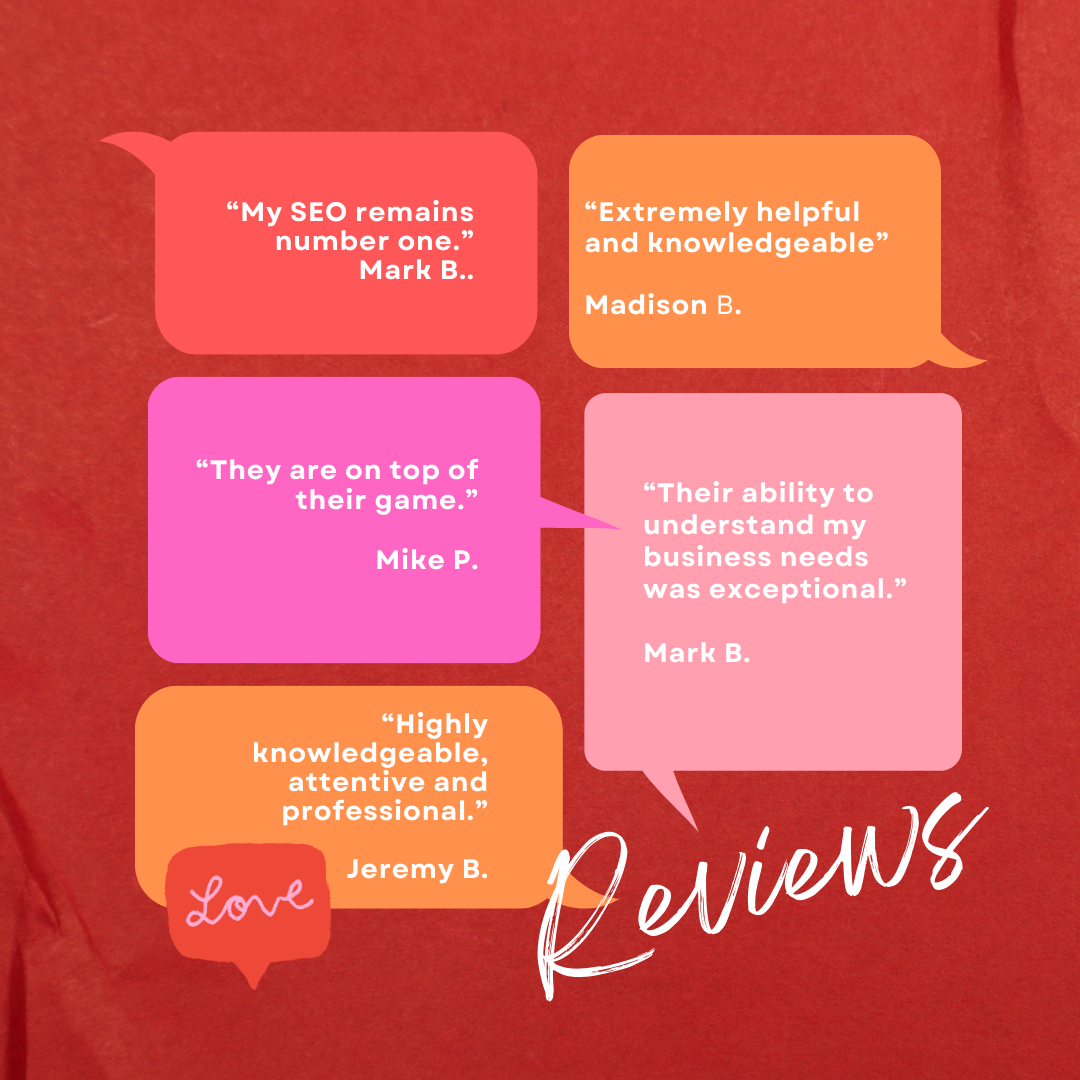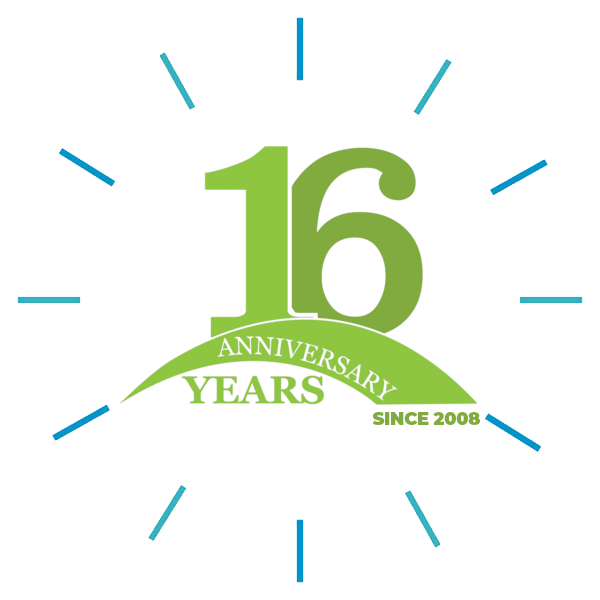Shopify established itself as a leading e-commerce platform, offering robust tools for businesses to thrive online.
With its origins dating back to 2006 in Canada, Shopify has grown exponentially, becoming a favorite for millions of retailers globally.
Let’s dive into the latest statistics that highlight Shopify’s growth and its impact on conversion rates.

The Evolution of Shopify
What started as a solution for selling snowboard gear has transformed into a global e-commerce giant. Shopify now supports over 2 million retailers and powers more than 4 million live websites. In the fourth quarter of 2022, Shopify’s revenue soared by 26%, reaching $1.7 billion, illustrating its significant market presence and influence.
Key Conversion Rate Metrics
Shopify’s continuous enhancement of its platform has led to noteworthy conversion rate statistics.
Here are some key insights:
- Gross Merchandise Volume (GMV): Shopify’s GMV reached $79.5 billion, showing a substantial increase over the past few years.
- Order Milestones: The platform hit its billionth order in 2018, reflecting its extensive reach.
- Mobile Traffic: In 2019, 81% of traffic and 71% of orders on Shopify stores came from mobile devices, demonstrating the importance of mobile optimization.
- Black Friday Success: Shopify merchants achieved record-breaking sales of $9.3 billion during the 2023 Black Friday Cyber Monday weekend, with over 55,000 merchants experiencing their best sales day ever.
Conversion Sources
Email marketing remains a dominant conversion channel for Shopify stores, boasting the highest conversion rate at 4.29%.
Other notable sources include:
- Search: 3.04%
- Direct Traffic: 2.93%
- Social Media: 1.81%
Impact of Shopify Plus
Shopify Plus, designed for high-volume merchants, significantly contributes to Shopify’s recurring revenue. Notable brands such as Nestle and Kylie Cosmetics leverage Shopify Plus to enhance their online presence. As of mid-2022, Shopify Plus accounted for 29% of the platform’s monthly recurring revenue (MRR).
Industry-Specific Conversion Rates
Shopify caters to various industries, each exhibiting unique conversion patterns:
- Fashion: Apparel and fashion brands make up 13% of Shopify Plus users, with products like t-shirts and tops leading global sales.
- Beauty and Cosmetics: Brands like Kylie Cosmetics and ColourPop have achieved substantial success, with Kylie Cosmetics quickly selling out its initial product launches.
Benchmark Conversion Rates
Understanding average conversion rates helps set realistic expectations:
- Top 20%: Conversion rates above 3.7%
- Top 10%: Conversion rates above 5.2%
- Average: 1.8% (as of February 2022)
Stores achieving these rates are considered high-performing, while those below 0.5% may need to optimize their strategies.
Shopify continues to empower businesses with its versatile platform and robust tools, driving impressive growth and high conversion rates. Whether optimizing for mobile, leveraging email marketing, or selecting the right theme, Shopify offers the resources needed for e-commerce success.
What aspect of Shopify’s growth and conversion rates surprised you the most? Share your thoughts and insights with us!











